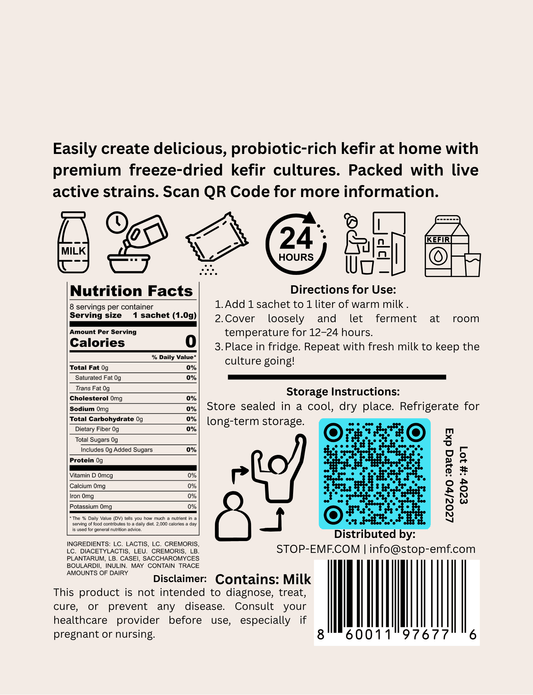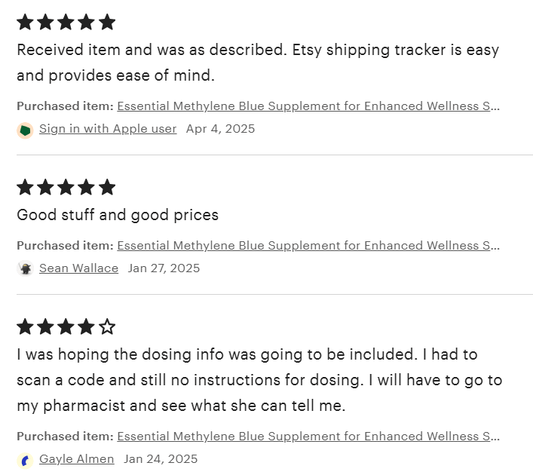Are you ready to dive into the fascinating world of redox reactions? Get ready to be amazed as we explore the captivating experiment with methylene blue, a versatile redox indicator that can transform before your very eyes!
Methylene blue is a remarkable compound that has the ability to change color depending on its oxidation state. When it's in its oxidized form, it appears as a deep blue hue. But when it's reduced, it takes on a vibrant, almost neon-like pink color. This color-changing property makes it an excellent tool for studying redox reactions in the chemistry lab.
In this experiment, we'll be using methylene blue to observe the dynamic interplay between oxidation and reduction. We'll start by creating a solution of methylene blue and then introduce a reducing agent, such as vitamin C or sodium dithionite. As the reducing agent interacts with the methylene blue, you'll witness the stunning transformation from blue to pink, right before your eyes.
But the fun doesn't stop there! We can also explore the reversibility of this reaction by introducing an oxidizing agent, like hydrogen peroxide or potassium permanganate. Watch in awe as the solution shifts back to its original deep blue color, demonstrating the cyclical nature of redox processes.
This experiment is not only visually captivating but also a powerful learning tool. By observing the color changes, you'll gain a deeper understanding of the fundamental principles of redox chemistry. You'll learn about the concepts of oxidation and reduction, the role of electron transfer, and the importance of maintaining a balanced chemical system.
As you delve into this experiment, you'll also have the opportunity to explore the practical applications of methylene blue. This versatile compound has found uses in various fields, from biology and medicine to environmental remediation. By understanding its behavior, you'll unlock a new perspective on the intricate workings of the chemical world.
So, gather your lab equipment, don your safety goggles, and get ready to embark on a colorful journey of discovery. Unlock the power of methylene blue and witness the captivating dance of redox reactions. Who knows, you might just find yourself inspired to explore the wonders of chemistry even further!
The Science Behind the Color Change
Methylene blue is a redox indicator, meaning it can exist in both oxidized and reduced forms. In its oxidized state, the compound appears as a deep blue color. When a reducing agent is introduced, the methylene blue undergoes a reduction reaction, accepting electrons and transforming into its reduced, colorless form.
The reduction of methylene blue can be represented by the following balanced equation:
Methylene blue (oxidized) + 2e- + 2H+ → Leucomethylene blue (reduced)
In this reaction, the methylene blue molecule gains two electrons and two protons, resulting in the formation of the colorless leucomethylene blue. This reduction process is reversible, and the solution can be reoxidized by introducing an oxidizing agent, causing the blue color to reappear.
The reversible nature of this reaction makes methylene blue an excellent tool for studying redox processes in the laboratory. By observing the color changes, you can gain insights into the dynamics of electron transfer and the balance of oxidation and reduction in chemical systems.
Exploring the Applications of Methylene Blue
Methylene blue's versatility extends far beyond its use in this captivating experiment. This remarkable compound has found applications in various fields, showcasing its importance in the world of science and technology.
In the medical field, methylene blue has been used as a treatment for certain conditions, such as methemoglobinemia, a rare blood disorder. It has also been explored for its potential in photodynamic therapy, a technique that uses light-sensitive compounds to treat certain types of cancer.
In the environmental realm, methylene blue has been studied for its ability to remove pollutants from water. Researchers have investigated its potential in water treatment processes, where it can help to break down organic contaminants and improve water quality.
Furthermore, methylene blue has found applications in the textile industry, where it is used as a dye for fabrics. Its ability to produce vibrant, long-lasting colors has made it a valuable tool in the world of textile manufacturing.
As you delve deeper into the world of methylene blue, you'll discover the countless ways in which this remarkable compound continues to shape our understanding of chemistry and its practical applications. So, let's dive in and uncover the secrets of this captivating redox indicator!






